Nursing Prioritization and ABCs | How I Almost Killed My Patient

I almost killed my patient.
Moments like these teach you lessons that never leave you.
Through one of the scariest moments of my life, I had a huge paradigm shift that changed how I practice nursing.
But, before I get into that, let me start from the beginning.
The Day Everything Changed
I can still remember nearly every detail about that day - it started out as just a regular day. But, as the day turned upside-down, exact pieces of that day are now forever imprinted on my mind.
Around 2 PM, I was in a patient room with a nurse that had precepted me in orientation. She was walking me through the post-op steps because I was finally taking on my first post-op patient completely “on my own”.
It was a valve replacement. And, from the run through with my former preceptor, I felt like I knew JUST what to expect, and I remember feeling confident.
When the patient arrived, everything seemed to be just as I expected.
As my patient started to come out of anesthesia, he started bucking the vent . . . meaning he’s ready to start breathing on his own!
Yay! Things are going just as planned.
I’m thinking . . . "I’ve got this! First thing I do is start clearing all the IV pumps of all the lines - he isn’t even on dobutamine! This is going to be a cinch."
Next, I start getting ready for extubation - let’s get that tube out of his throat so he can start breathing again.
But suddenly. . .I notice something; my homie is no longer “bucky” any more.
This fear grips me.
What's going on! This is NOT part of the plan!
So I turn to my patient. I have to figure out what is wrong here.
He looks peaceful . . . I say his name and squeeze his shoulder, but he doesn’t move a muscle.
Uh-oh. . .
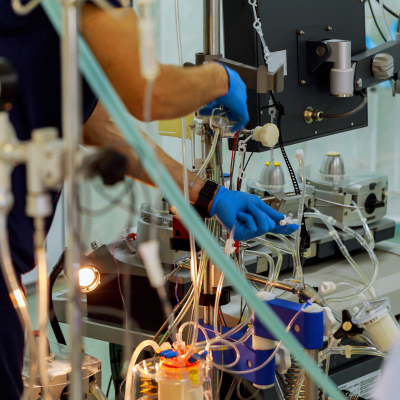
Out of the corner of my eye, I notice the drip chamber of a small bag.
Drip, drip, drip. . .
I had taken all the lines out of the pumps.
"WHAT THE HELL COULD POSSIBLY BE DRIPPING?"
And then I found it…
I reached up, and there was a 100 ml bag of regular insulin . . . completely EMPTY.
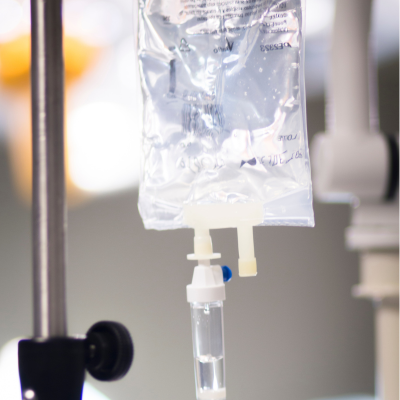
I felt like my heart stopped. . . I had literally just bolused (meaning, I gave a single, large dose of medication all at once) my patient an entire bag of regular insulin after a 6 hour surgery, and he hadn’t eaten anything since the night before.
Oh. . . what had gone wrong? How did I just bolus my patient 100 ml of regular insulin - 100 ml!!
When we catch a high blood sugar, we often start with just 1 unit of insulin. I had just given my patient 100x that. And he didn't even need it!
How did I do this??
I followed the line down from the drip chamber and noticed the safety clamp hadn’t engaged when I pulled the line from the pump.
I followed it closer to the patient’s central line - the roller clamp wasn’t closed - the lines were still all attached to the manifold from surgery.
That was it: my grave mistake was not detaching the line from my patient BEFORE taking it out of the pump.
That's how I bolused my patient an entire bag of regular insulin right after surgery.
In the end, my entire team helped me to save this patient from my mistake:
- We pushed 5 amps of D50
- I called the attending to let them know my patient might start coding
- I contacted respiratory therapy to ensure the settings were changed since he was losing consciousness
Thankfully the patient lived, and I ended the shift cry hugging his wife apologizing profusely for almost killing her husband.
Do You Know Your Nursing ABCs?
In the days after this scary event, I spent hours and hours thinking through what I had done.
In nursing school, we're taught about prioritization and the nursing ABCs. I remember prioritization questions annoying me like crazy in nursing school, but I understood that without these to guide prioritization, nurses are guaranteed to miss something, and that could affect a patient's life.
(But if I had TRULY learned this concept BEFORE becoming a nurse, my story would have progressed very differently.)
Every time there’s a nursing question, and more importantly, every time I’m with a patient I reflexively think first: “Does my patient have an open and clear airway?” If not, this must always be addressed first, because they can’t breathe without an airway, which is next, and if they aren’t breathing through an open airway, circulation is inevitably going to suffer.
So, once I’ve determined their Airway is clear and intact, I go on to ask myself second, “Is my patient Breathing?” This is to say, “Are they ventilating and oxygenating effectively, and are they doing so on their own?” If not, intervene accordingly.
Then, if Breathing is covered, I go to the 3rd part of the ABCs, Circulation, and ask myself, “Does my patient have a pulse?” If my patient has a pulse, I further investigate the rate, regularity and quality of their pulse. Pulse is an indication that the heart is beating, and assessing rate, regularity and quality will tell me about their heart’s function and effectiveness, and if there’s enough blood volume circulating around to sustain organ function.
So I knew my ABCs.
I had prioritized everything I was supposed to.
How could this have gone so horribly wrong…?
Running through my ABCs. . .it wasn’t the:
A - Airway 💨
I knew my post-op patient had an Airway because they were intubated during surgery, and returning to the unit with the tube.
B - Breathing 🫁
I knew he was Breathing because he was fighting the ventilator. He was with it enough waking up from anesthesia to initiate his own breaths, and the ventilator settings had been adjusted to lighten up support to make him more comfortable while we prepared for extubation.
C - Circulation ![]()
AND I had checked his pulse - he had the monitor, and other monitoring devices telling me that Circulation was definitely intact and effective.
What was left, what did I miss??
Then I realized - I had overlooked a very important part of my ABCs.
S Is For Safety
What I violated was Safety. That small little “s” at the end of my ABCs - Safety!
Now I want to point out that often in nursing, Airway Breathing and Circulation are covered by the time the patient reaches your care as a bedside nurse.
But, in real life, these don’t always go in perfect order, and that’s where the little s for Safety isn’t so little anymore.
In fact, Safety is actually a large piece of prioritization and an umbrella that covers so many interventions.
And for that reason, your NCLEX is going to focus on it a lot. In fact, Safety and Infection Control is one of the Top 4 categories covered on your NCLEX - up to 16% of your test!
Again - NOT so little anymore and for good reason.
With Safety, we are considering the environment, immediate surroundings, and, very importantly, Pharmacology.
Additionally, Safety and Infection Control are major focuses of patient care standards in any nursing position due to the necessity of closely observing measures that ensure patient safety, and infection control.
So . . . with my post-op patient, their Safety had been violated and, within a matter of minutes, went from a normal post-op patient to nearly coding.
That's how quickly things can turn on a dime in a hospital setting.
At one moment your patient may be safe (my patient was bucking the vent and ready to have all lines removed).
And the next moment he was NO longer safe (I had unknowingly bolused my patient with insulin sending him into a life-threatening hypoglycemic state).
Real Life Example of Safety
For you parents out there, think of it like this:
Imagine you're with your child at the park.
They’re running around, climbing and playing, and it’s time for a snack. They’ve obviously got an Airway, and are Breathing and Circulating effectively because they’ve been running around and playing.
Now, they sit down and snag a grape from the baggy and hastily pop it into their mouth.
Suddenly, they’re no longer panting to catch their breath from playing, and their face starts to turn blue.
All of the sudden, we have an Airway problem.
The grape has lodged itself in their throat and is blocking their Airway. They’re still initiating breaths while choking on the grape, but without a clear airway, those breaths are ineffective.
And soon, without adequate oxygenation they will tire out, pass out, and then their attempts to breathe will cease, and you could be facing a circulation issue as their heart fights to continue pumping without oxygen.
Do you see how quickly things can change in the snap of a finger?
Safety must constantly be assessed in every step of the nursing process.
Piecing Together My Nursing ABCs
In my excitement, I had started to take the necessary steps to transition my patient from surgery to recovery.
I started clearing the lines from the pump BEFORE I disconnected them from his central line, and, in doing so, it opened the possibility for any or all of the medication to free-flow into his body.
My patient was dangerously, life-threateningly hypoglycemic. This affected his consciousness and he was no longer able to breathe adequately through the endotracheal tube on his own. And the ventilator settings were no longer appropriately set.
To help you further grasp just how serious this was, he had just had a valve replacement and, therefore, had an open chest for the procedure. So, it’s not like we were just going to be able to start chest compressions. The wires that had been recently placed to close his sternum would have lacerated the structures underneath - namely, his heart.
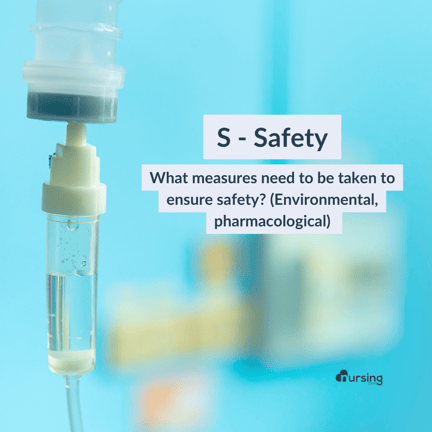
In reality, what I had done was, instead of focusing on what was happening with my patient, I was worrying about getting the room cleaned up.
What I should have done, was first, roller clamp each line, then I could have safely disconnected the manifold from the patient’s central line. Flushing, locking, and capping the central line would have then ensured that my patient’s central access was secure and sterile.
Only after all of that would it have been appropriate and safe for me to remove the IV lines from the channels, and clear out the pumps.
Now this important rule for safety won’t ever be missed again.
With practice, the nursing ABCs became a reflex for me. As a nurse I am constantly, mentally running through Airway, Breathing, Circulation, and Safety.

And again, most of my time and interventions are centered on Safety.
My Safety violation was not only a major med error, (bolusing an entire bag of regular insulin) but it also launched me backwards in the ABCs of prioritization to Breathing.
Like I said, as a nurse, I am constantly running through the ABCs in order and checking them off, but, as my story shows, you can be launched backward in your checklist at any moment.
If you treat Safety as a one-time check listed item, you will fail as a nurse.
My Prioritization Lessons Learned
So, lots of lessons to learn, but here's the main points of what I learned from this experience:
- ABCs are Priorities not Checklists!
- Mentally checking off one of your ABCs does NOT mean its done. ABCs are never done. ANY time the Airway is obstructed it always becomes your #1 again.
- Don't be complacent about the s for Safety
- Don’t forget the "little" s in your ABCs
- Ask for help as soon as possible
- I should have asked for help sooner because I wasted valuable time panicking and problem-solving when interventions to correct the situation could have happened earlier.
Violating the Safety of my patient almost led to his death.
And now, I tell this story every chance I get. . . hoping it will help you.
I know that it will help me to NEVER forget and become complacent with Safety again.
Go out and be your best self today, and, as always, Happy Nursing!



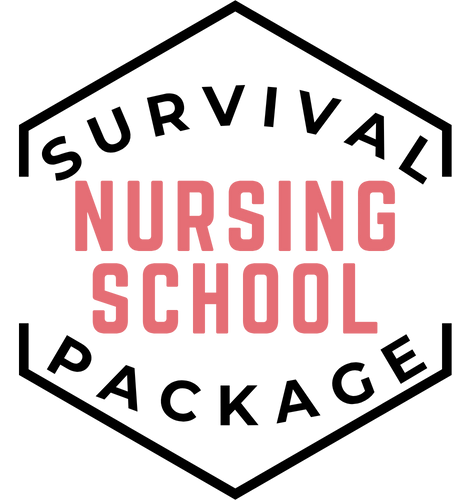
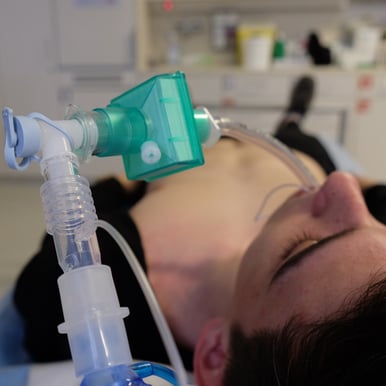
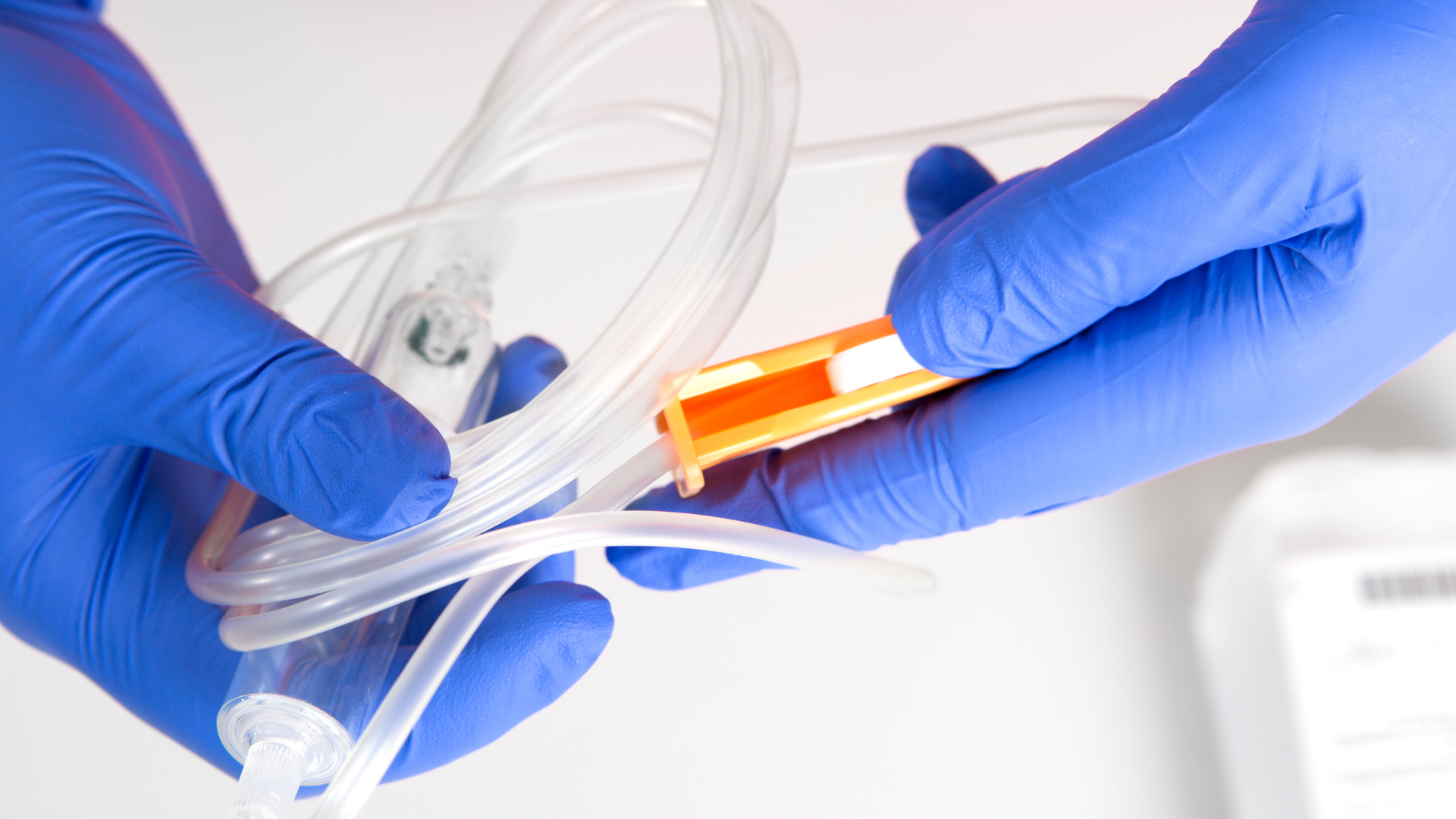
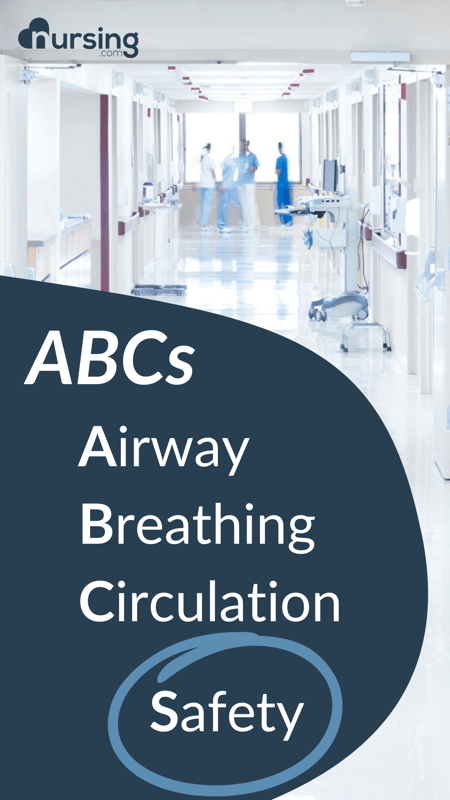
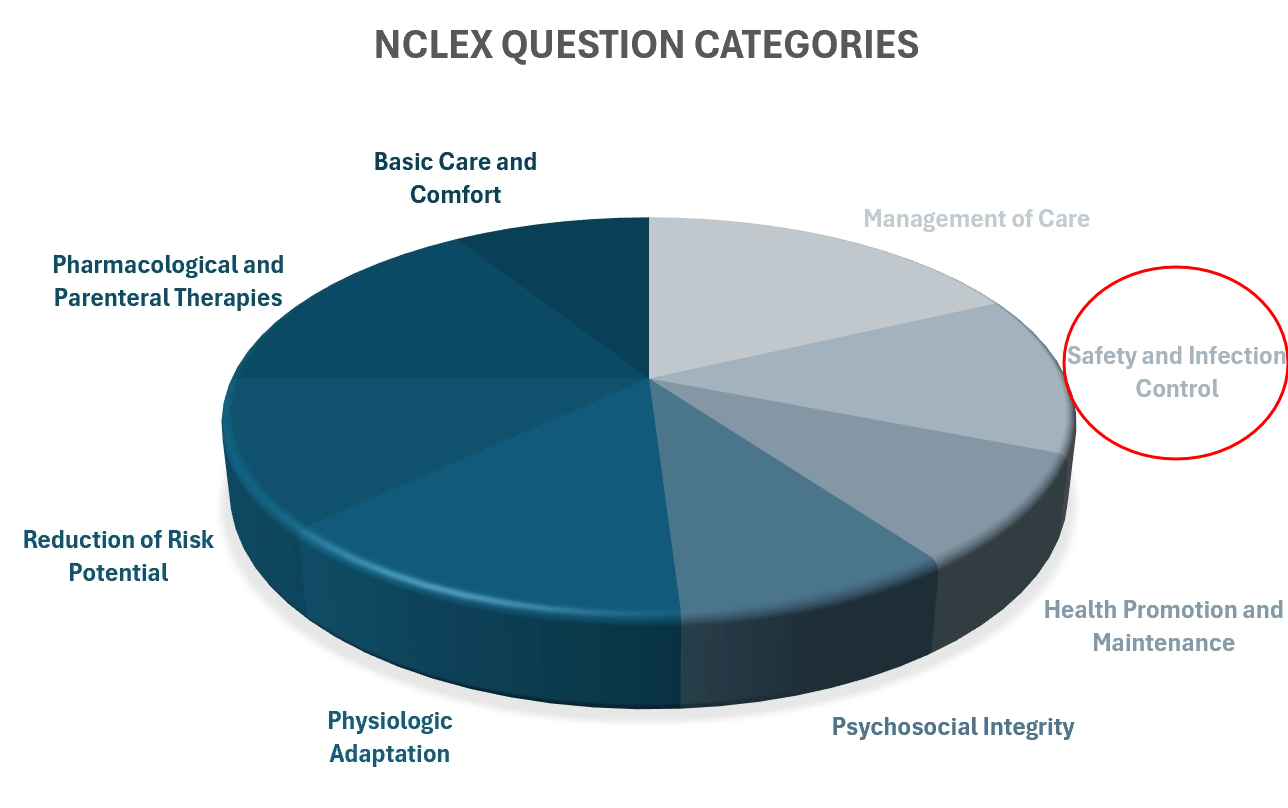

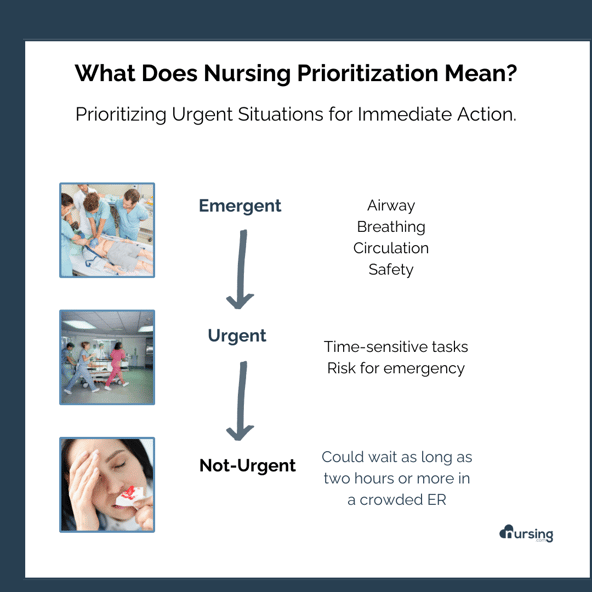
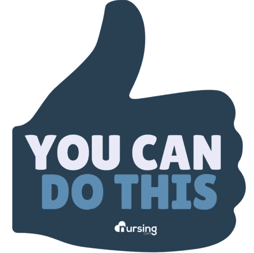


.png?width=352&name=Simple%20Self-Care%20Blog%20Post%20Banner%20(3).png)